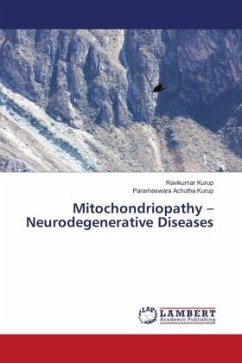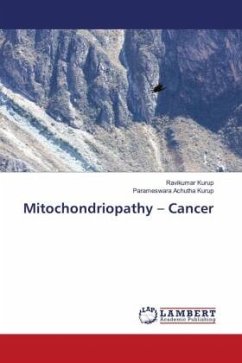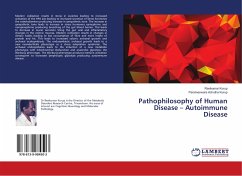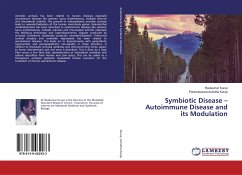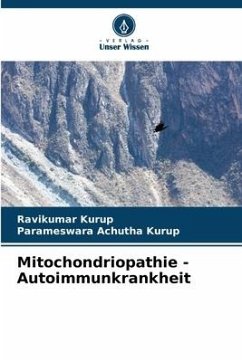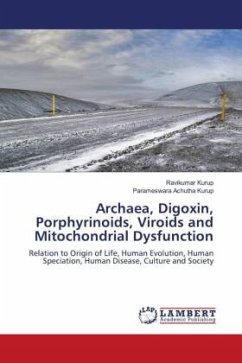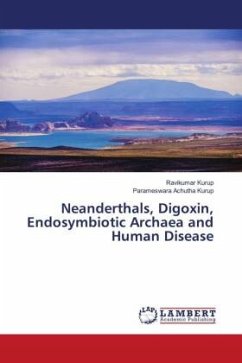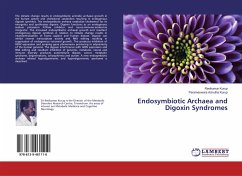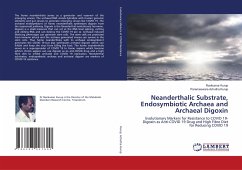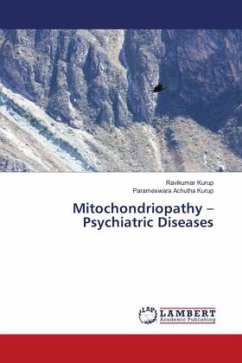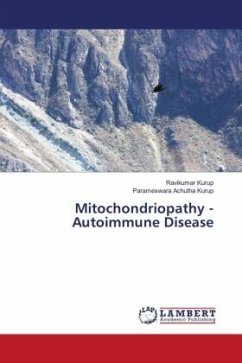
Mitochondriopathy - Autoimmune Disease
Versandkostenfrei!
Versandfertig in 6-10 Tagen
64,99 €
inkl. MwSt.

PAYBACK Punkte
32 °P sammeln!
Actinidic archaea has been related to global warming and human diseases especially autoimmune diseases. The human mitochondria has the cytochrome P450 enzymes required for steroidal synthesis. The mitochondria can synthesize the aglycone part of the digoxin. The archaeal RNA viroids hybridizing with mitochondrial RNA can get converted to mitochondrial DNA by reverse transcriptase and can form part of the mitochondrial DNA. This transfers the information for the synthesis of the sugar moiety from the archaea to the mitochondria. They can form supermitochondria and superbugs synthesizing digoxin...
Actinidic archaea has been related to global warming and human diseases especially autoimmune diseases. The human mitochondria has the cytochrome P450 enzymes required for steroidal synthesis. The mitochondria can synthesize the aglycone part of the digoxin. The archaeal RNA viroids hybridizing with mitochondrial RNA can get converted to mitochondrial DNA by reverse transcriptase and can form part of the mitochondrial DNA. This transfers the information for the synthesis of the sugar moiety from the archaea to the mitochondria. They can form supermitochondria and superbugs synthesizing digoxin. The mitochondrial digoxin can regulate the sodium-calcium exchange into the cell membrane and modulate mitochondrial function. These supermitochondria with hybridized with RNA viruses can replicate by fission and fusion and form a web outside the cell structure regulating the body and the brain. Mitochondrial dysfunction can lead to mitoinflammation and autoimmune diseases.



